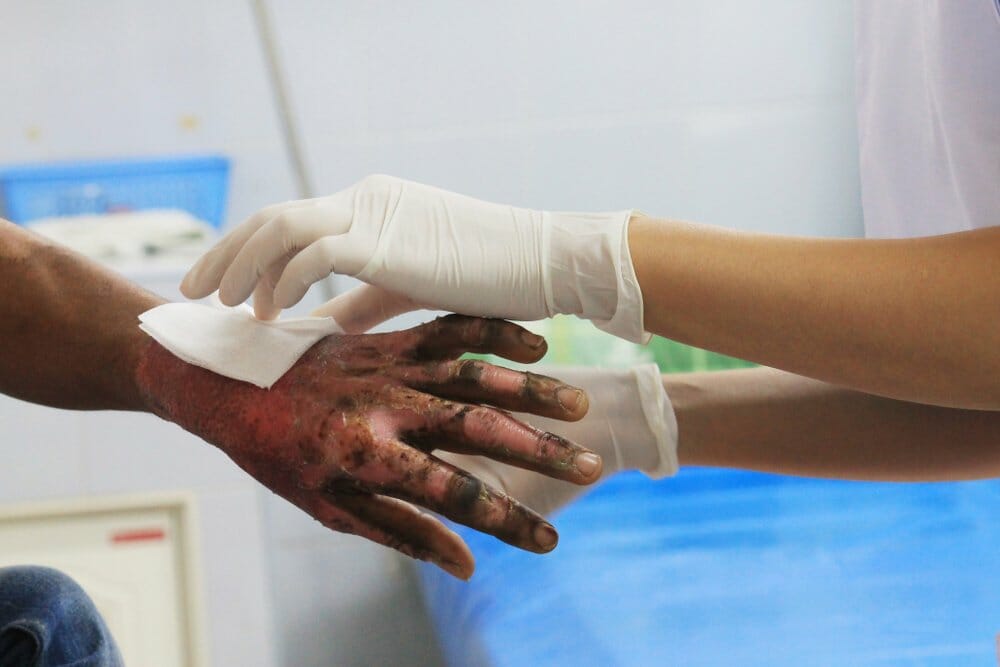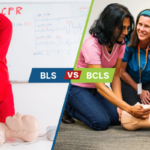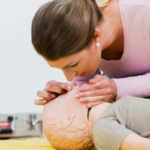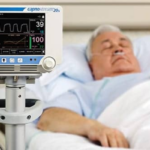
- Last Updated On: May 17, 2024
Categories of Burn Wounds and How to Care for Them
Immediate care provided to a burn wound is very important in preventing infections and accelerating the healing process. A burn is an injury in the flesh caused by chemicals, electricity, heat, or friction. Online CPR recertification and first aid are best considered for equipping knowledge on wound treatment. It’ll also keep you abreast with the latest developments in the procedures and guidelines.
An online CPR recertification may help you deal with any emergency burn in case there is no available physician. If your family or friends experience a burn, make sure that you get medical attention from a specialist based on the degree of burn. Below are the most common types of burns:
First Degree Burns
They are also referred to as superficial burns since they only affect the epidermis. The skin usually becomes dry, red, and painful but the epidermis layer comes off eventually. First degree burns normally don’t call for medical care.
Second Degree Burns
This type of burn normally extends deep into the dermis layer. The burn can occur in a deep partial-thickness or superficial partial thickness. Compared to the first degree burns that affect the epidermis and dermis, second-degree burns are usually superficial. The burns might be red or moist which would afterward form blisters.
The superficial partial-thickness burns do not extend fully through the epidermis and dermis but maybe more painful compared to the deep partial thickness. Second-degree burns take a long time to heal and mostly require medical attention.
Third Degree Burns
These burns spread over the whole dermis causing the skin to turn brown or white in color and become stiff. They take a long time to heal hence burn wound is advised.
Fourth Degree Burns
These burns spread through the whole skin, underlying fat, bone, and muscle. The skin normally turns black and looks scorched. They are the most serious type of burns and require immediate treatment and medical attention.
Burn Wound Care
The second, third, and fourth-degree burns require one to see a doctor for better treatment and wound dressing. If you get seriously burned, make sure that you seek immediate medical assistance to prevent infections that can later generate more complications. Seeking a professional may help you discover the type of your burn.
Wound debridement may be used by doctors in case of wound burns which aids in the removal of blisters, debris, and dead skin. Physicians help to determine the best dressing option for the wound. Hydrocolloid dressings are best preferred for small areas that experience partial or superficial thickness burns. The dressings are also very useful for our hands.
Alginate dressings are appropriate for wound adherence. The alginate separates once the wound heals. Therefore, it is essential to have the burn wound clean as it undergoes healing and frequently changes the dressing to prevent infections.
The doctor is responsible for providing scheduled follow-ups and instructions for the wound healing process. If the wound is severe, the victim will be required to stay under the care of a doctor until the conditions improve.
Burn wounds may be very dangerous when not treated. This is because the wound may be affected by germs causing infections that may result in more complications. Therefore, it is important to offer emergency medical attention and treatment in case of a burn wound injury. It is important to remember that quick care must be provided to enable faster healing of burn wounds. Remember to continuously receive your CPR recertification to stay up to date.
Conclusion
American CPR Care Association offers online CPR and blended CPR recertification courses. To learn more, visit our website or contact us.






